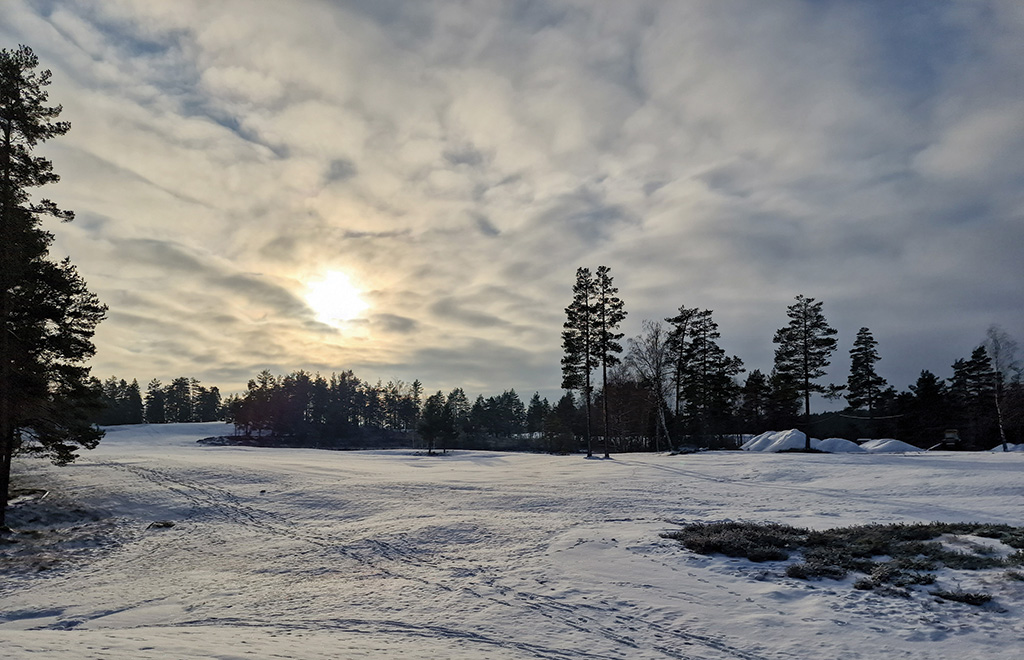In an article for Golf Course Architecture magazine, By Caspar principal Caspar Grauballe outlined the challenge that Norway’s golf clubs face in accommodating a surge in golf participation within a short playing season, due to the cold climate.
“The answer may lie in two innovative strategies: adjusting tee time intervals and optimising course layouts,” said Caspar.
“Reducing the time between tee times might seem like an obvious solution to accommodate more players. However, this can lead to overcrowded courses, slower rounds and frustrated golfers. A better approach, particularly during Norway’s long summer days, is to optimise tee time intervals for the speed of rounds; by improving pace of play, courses can host more players without sacrificing their experience.
“Experimenting with intervals is a relatively quick adjustment that can yield significant benefits. Every course is different, and the optimum teeing interval may be longer than seems logical, but may reduce queuing, which can in turn speed up the overall playing time. Faster rounds lead to happier golfers – and more opportunities for everyone to enjoy the course.
“In Norway, the golf season often lasts six months or less. To maximise play, courses must open as early and close as late in the year as possible. Achieving this requires courses to emerge from winter with minimal damage, as ice and freezing conditions can severely impact the grass and, in turn, the playing season.
“From a design perspective, this challenge bridges agronomy and architecture. Sustainable course maintenance starts with designing greens and fairways that prioritise optimal growing conditions. My mentor, Fred W. Hawtree, once described golf course design as “95 per cent drainage and five per cent common sense”. That wisdom remains as relevant today as ever.”
Continue reading this article in the January 2025 issue of Golf Course Architecture magazine.


